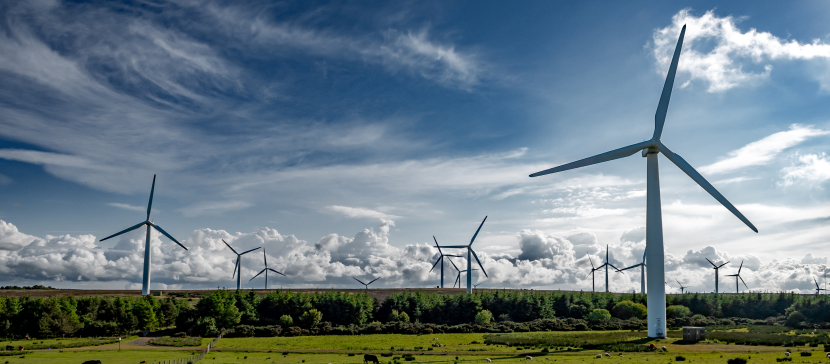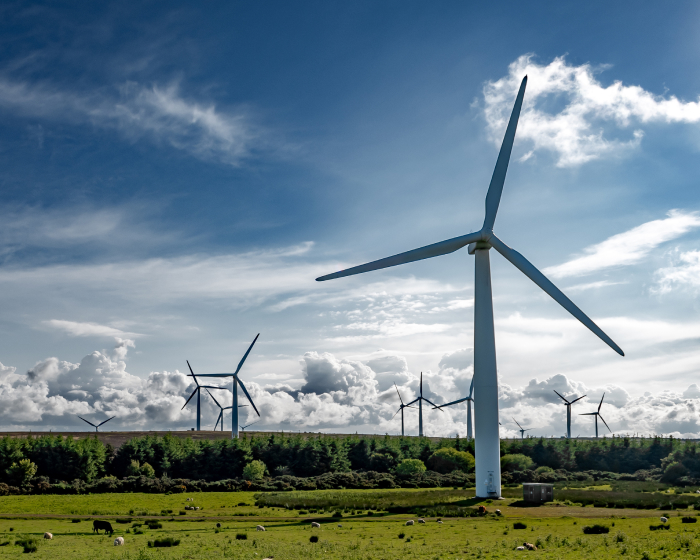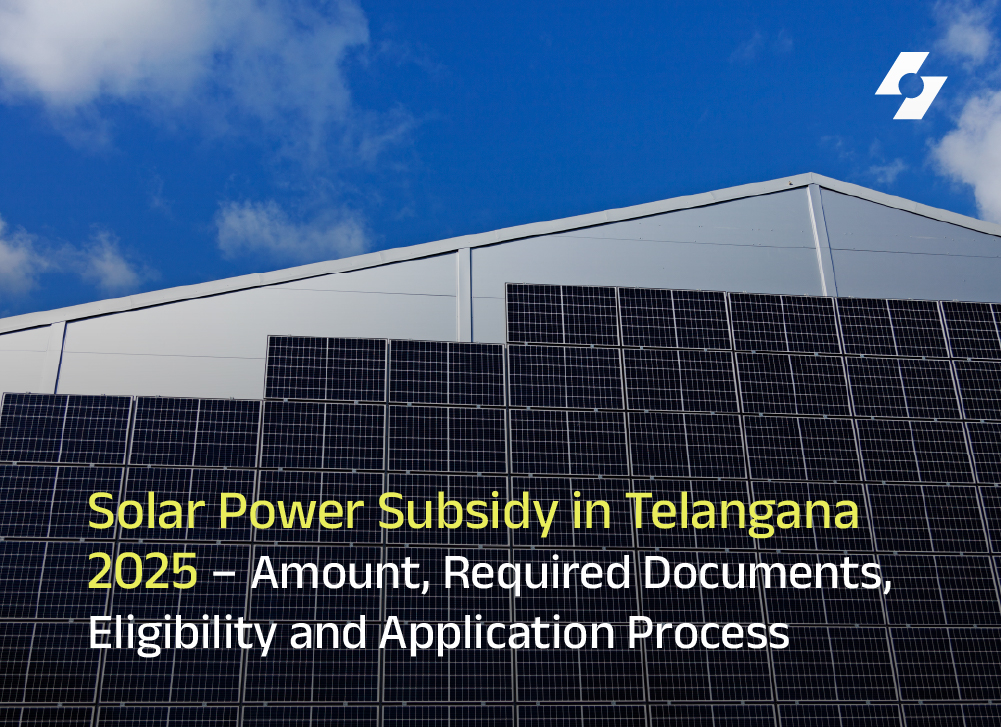As per India’s 3rd National Convention submitted to the United Nations Framework Convention on Climate Change (UNFCCC) in 2023, India is facing major consequences due to climate change. Climate change in India is having a wide-ranging impact, from floods and droughts to frequent heatwaves and melting glaciers.
Climate change challenges are seen across sectors such as agriculture, forests, biodiversity, water resources, health, and infrastructure.
This is important to note because renewable energy is one of the biggest solutions to climate change. In this blog, we will look at how climate change is impacting India and what the government is doing to combat climate change.
Climate Change in India: Where Do We Stand in 2025?
As per UNICEF, in 2019 India was the 7th most-affected country globally due to extreme weather events caused by climate change. This was true both in terms of fatalities, which was 2,267, and financial damage, which was 66,182 million US$ PPP. The UNICEF says that extreme weather events caused by climate change have left 17 out of 20 people in India vulnerable to catastrophes such as floods, droughts, and cyclones.
Between 1901 and 2018, the average temperature in India has increased by 0.7°C. UNICEF’s 2021 report “The Climate Crisis Is a Child Rights Crisis: Introducing the Children’s Climate Risk Index” ranked India 26th among 163 countries for the risk children face from climate change. It means that children in India are among the maximum “at-risk” countries for climate change. UNICEF estimates that 1/4th of Indian children are facing high to extremely high water vulnerability.
Further, a Lancet study from 2018 says that air pollution claimed 1.24 million lives in 2018. Thus, air pollution accounted for 12.5% of total deaths in 2018.
The statistics discussed show that India is among the countries most vulnerable to climate change. From the rise in temperature to abruptly changing rainfall patterns, the face of climate change is multidimensional. Its impact ranges from reduced work hours to increased natural disasters.
The Ripple Effect: Social and Economic Impacts of Climate Change in India
India’s vulnerability to climate change is very high. As per the RBI’s “Report on Currency and Finance 2022-23”, around 4.5% of India’s GDP could be at risk due to climate change. As per a report published in Forbes, climate change cost India $69 billion in 2019 alone.
Here are some ways in which climate change in India is panning out:
India is extremely vulnerable to heat waves. For example, in 2023, the temperature in many parts of the country increased to 45 degrees Celsius. It prompted the Indian Meteorological Department (IMD) to issue heatwave alerts for several parts of the country. Several people died during these heatwaves.
In terms of the labour market, the worst impacted are those who do outdoor activities such as construction work and daily-wage labour. They can’t use cooling solutions such as fans and air conditioners. These conditions can cause loss of work hours, health-related issues, and deaths. As per a 2021 study by India’s top meteorologists, heat waves have killed over 17,000 people in 50 years.
Heat waves cause severe water shortages for thousands of people. An additional aspect which further aggravates the impact of heat waves is the inadequate power infrastructure in the country. Power cuts are common during heat waves, and these further impacts healthcare, transportation, and water availability. It is one of the most important social impacts of climate change.
As per a statement given by the Union Minister of Agriculture in March 2023, if corrective measures are not taken, India’s rainfed rice yields will fall by 20% in 2050 and 47% in 2080. Similarly, irrigated rice output will fall by 3.5% in 2050 and 5% in 2080. Wheat yield will fall by 19.3% in 2050 and 40% in 2080.
Thus, climate change will hurt both output as well as quality of nutrition in produce.
One of the challenges of climate change is the unpredictable nature of monsoons. As per research, monsoons in India will increase by 5% to 10% due to climate change. Such increased rainfall can impact the food supply.
Moreover, higher rainfall can lead to increased flooding. Flooding is one of the most common disasters in Indian states such as Bihar, Assam, West Bengal etc. Moreover, improper urban infrastructure leads to flooding in urban areas such as Bengaluru, Chennai etc.
Even as flooding and increased rains become common across India, droughts are also rising simultaneously. On the one hand, the dry season between monsoons has grown longer. On the other hand, the Indian soil’s capability to hold water after rainfall has also decreased. This has impacted the reliability of the water supply.
Shortage of water supply impacts the availability of drinking water, livestock, agriculture etc. Resource mismanagement such as rampant deforestation, annihilation of water bodies, and extreme exploitation of groundwater resources have also aggravated water security for Indians.
For example, consider India’s position as the world’s largest sugarcane producer. But this has come at the cost of merciless exploitation of groundwater. As per estimates, around 3/4th of sugarcane production happens in areas suffering from high water stress.
Renewable Energy: A Proven Solution to Climate Challenges in India
Here is why renewable energy is important in helping India in combatting climate change:
- Renewable Energy is a Clean Source of Power
Unlike fossil fuels, harnessing renewable sources of energy such as sunlight and wind does not emit any greenhouse gases. Since they are clean sources of power, their usage will help in reducing the impact of climate change.
- Renewable Energy is Abundantly Available
Sources of renewable energy such as sunlight, wind, and hydropower are abundantly available. Though the cost of setting up the infrastructure for producing renewable energy is significant, once the power generation begins, with time the cost eventually comes down. This makes renewable energy a viable alternative to fossil fuels.
- Improvement in Air Quality
Air pollution is one of the major problems in Indian cities. The burning of fossil fuels is one of the major causes of air pollution. By using renewable energy, the degradation of air quality and reducing climate change risk.
Policy and Innovation: Paving the Way for a Greener Tomorrow
At the Glasgow Climate Summit in 2021, PM Modi announced the Panchamrit as follows:
- Achieving 500 GW of non-fossil energy capacity by 2030.
- Meeting 50% of energy requirements from renewable energy by 2030.
- Reducing total projected carbon emissions by 1 billion tonnes from 2021 to 2030.
- Reducing the carbon intensity of the economy by 45% by 2030 from 2005 levels.
- Achieving net zero emissions by 2070.
These are the policy targets which the Government of India has set for itself. Accordingly, here are the key climate change initiatives the government has launched to boost renewable energy and combat climate change:
- Reduction in Fuel Subsidy: As per the Asian Development Bank’s (ADB) “Asia-Pacific Climate Report”, India has reduced its fuel subsidies by 85% between 2013 and 2023. As per the government, this created the fiscal resources for investing in renewable energy, thus tackling climate change.
- National Green Hydrogen Mission: It aims to create a green hydrogen ecosystem in the country and make India a leader in producing, using, and exporting green hydrogen.
- PM KUSUM: The Pradhan Mantri Kisan Urja Suraksha Evam Utthan Mahabhiyan (PM-KUSUM) provides subsidies to farmers to install solar plants and solar pumps.
- PM Surya Ghar Muft Bijli Yojana: Under this scheme, households can get subsidies of up to Rs. 78,000 for installing solar systems. Learn more about this scheme
- PLI Scheme: National Programme on High-Efficiency Solar PV Modules: With an outlay of Rs. 24,000 crore, it aims to promote domestic manufacturing of high-efficiency solar panels.
Green Energy Corridors: It aims to create transmission infrastructure to send renewable energy from where it is generated to the grid and where it will be ultimately consumed.
Collaboration Over Competition: The Role of Renewable Energy Industry Leaders
To combat climate change in India, industry leaders need to believe in the philosophy of “collaboration over competition”. They can share knowledge, experiences, and technology to increase the pace at which renewable energy is being used in the country.
There are several challenges to renewable energy adoption such as insufficient power infrastructure and lack of market development. Thus, instead of competition, industry leaders need to align their vision to help India achieve its global climate change commitments.
is counted among the industry leaders in Renewable Energy. As an Independent Power Producer (IPP), we have executed several long-term which have helped businesses transition to renewable energy including notable clients such as Flipkart, Kajaria, Dabur, and Inox Air Products.
Conclusion
India faces several climate change challenges. From the scarcity of water to the rise in temperature, climate change is impacting life in multiple ways. If remedial measures are not taken on time, India will see more natural disasters in the future.
The economic cost of climate change in India is significant. To tackle it, stakeholders such as the government, C&I players, small businesses, and the entire citizenry must come together to embrace renewable energy. Ultimately, a collective effort is required for climate change adaptation and mitigation.
Subscribe to our newsletter




